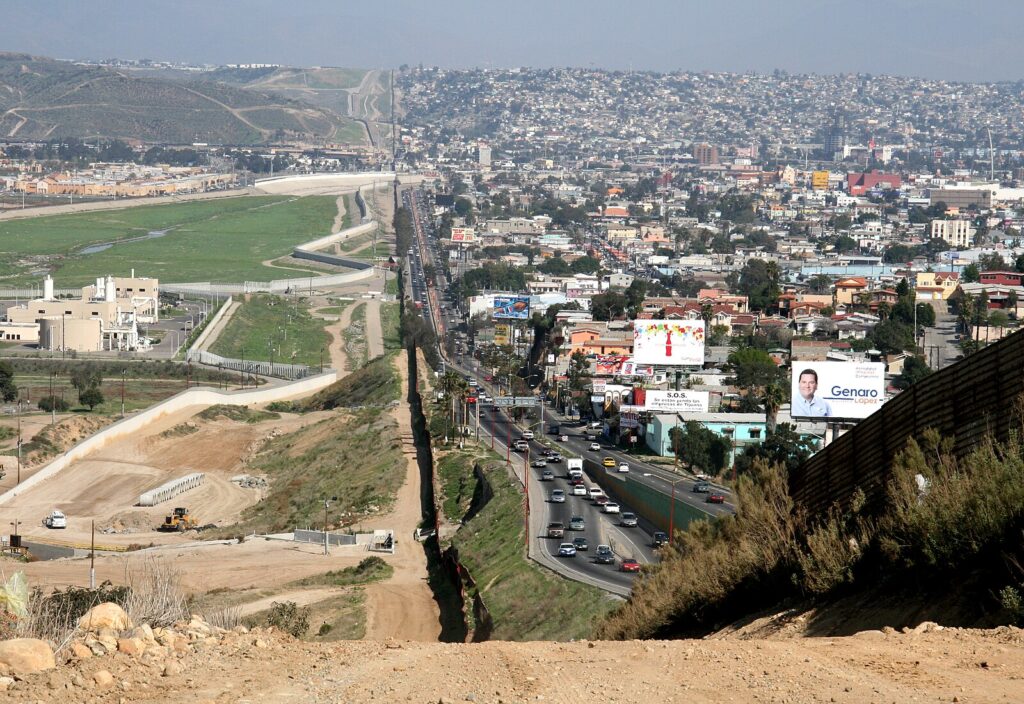The United States (US) and Mexico share a border spanning 3000 km, where unauthorized crossings occur regularly. This border has been a focal point of political and social discourse, particularly during the Trump administration, which sought to address immigration and border security issues through various policies and rhetoric (Ayón, Valencia-Garcia and Kim 2017). However, the portrayal of border violence and its framing in the media during this period remains a subject of interest and debate. This research aims to explore the effect of political bias on the framing of border violence among US news sources during the Trump administration. By examining the language, rhetoric, and portrayal of conditions at the US-Mexico border by US news sources, this study seeks to identify potential disparities in the portrayal of border issues based on ideological leanings. Understanding how different political biases influence the framing of border violence can provide insights into the role of media in shaping public opinion, policy decisions, and societal attitudes towards migrants and border security.

The research question for this project is: What is the effect of political bias on the framing of border violence among US news sources during the Trump administration? The independent variable is the political bias of the news sources, categorized as right, left, or neutral. The dependent variable is the framing of border violence, including the language, rhetoric, and portrayal of conditions at the US-Mexico border by US news sources. The study aims to identify potential disparities in the portrayal of border issues based on ideological leanings. The units of observation and analysis are individual news articles or segments from US news sources. Each article or segment will be analyzed to determine how the issue of border violence is framed, considering factors such as language used, tone, emphasis on particular aspects of the issue, and inclusion of political perspectives. This will provide a comprehensive analysis of how political bias influences the portrayal of border violence across the media landscape during the Trump administration.